|
The ABC is hosting a Wisconet weather system to the east of the parking lot near the fence line by the trail that heads to the Blackbird Blind. This system measures soil conditions, solar flux and radiation, temps and rainfall, wind conditions, etc. Data is uploaded every five minutes to a database and helps scientists, farmers and weather enthusiasts track conditions over time. The goal is to have a Wisconet system in every county in Wisconsin - the ABC is hosting Jefferson County's system. Channel 12's interview on the program with footage of the trumpeter swam family flyover and a nice interview with neighbor Mark Hoffman are in the link below:
0 Comments
We were fortunate to have a trumpeter couple have six cygnets along with several wood duck and hooded merganser families this spring. That's in addition to the most bobolinks, eastern meadowlarks and dickcissels I've seen in the eight years we've had the conservancy. The burn last year may have helped. Check out the video below... Eleven guests showed up in May at a trail cam honed in on a badger hole. This one must not have been part of an active den as no animals were snatched for supper, unlike previous video footage.Wild bees, which includes bumble bee species, pollinate 35% of crops and 85% of all flowering plants. Jade Kochanski from UW-Madison has been studying the impact on these bees following prescribed burns. The ABC is one of her subject sites.
In years past, her team has found the endangered Rusty-Patched Bumble Bee and last year saw American bumble bees at the conservancy. While she is early in her research, Jade's initial conclusions show that prescribed burns are not detrimental to bumble bee communities. For more details on her findings (with some pictures and charts), please click on the link below. The ABC is willing to host more research studies or school groups for visits. Please contact me by following the "Join" tab to get in touch.
Bit late on publishing this...I was biking across Canada this spring when Dianne of Hoo's Woods released Sylvan, a two year old bald eagle who had been suffering from lead poison, at the conservancy.
Awesome video and awesome work helping out our raptors Dianne! The prairie has recovered following the late April burn. Relatively low water levels, having cut back some of the sandbar willows over the winter and the wonderful help of neighbor Rich and his team mean there's a path to the Bark River for the first time in several years. See the updated map on the main page.
The birding has been good. Although the Trumpeter Blind couple appeared to be in nesting mode before the prescribed burn and buggered off in early May, shorebird activity from the Trumpeter Blind has been decent. Recent finds include a Black-Necked Stilt (pictured below) and an American Avocet. Egrets have been massing overnight from the trumpeter blind and can often be seen in large flocks at sunrise and sunset. 2022 has brought two native finds. Reported earlier on the Adana/Wabesa point from ~500BCE found following the burn in early May. Recently, I found a St Charles hafted scraper or chipped projectile point dates 6,000-8,000BCE (pictured below). Indigenous Peoples lived around the conservancy in times past. The state surveyor notes call much of the land impassable swamps, but the area to the south (around the parking lot) was less wet and came close to an old military road. The number of fens and spring flows on and around the conservancy likely made it an attractive place for both animals and humans.
Doing some clean-up three weeks after the burn, I found an arrowhead sitting pretty on top of the blackened dirt. Sort of a K-4 Easter Egg Hunt level of difficulty, but it was in an out-of-the-way spot with visibility aided by the lack of vegetation regrowth due to a cold and wet spring. It's the first find of mine since taking ownership of the property in 2015. Thanks to the NRCS for the funding and for RES for the excellent work in burning the conservancy on Saturday, April 16th. Looking forward to seeing how the prairie (and the grassland birds) play out this year!
My brother Mike and I braved -2C temps this morning at the start of the annual Crane Count. We saw eight cranes but most interesting among the 35 species were the three short-eared owls that circled over our heads on the Inner Peace Trail by the two osprey nesting boxes. By the time my cold hands had the camera ready, their radius had expanded and the picture below is poor. Shortly after, we came upon a river otter on land on the dike path by the osprey box closest to the Bark River. The buffleheads were also active...so there's one photo of an owl and a video of the buffleheads. The female seems able to stay under the water longer than the male. We've opened up views to the ponds by cutting back some of the willows and other trees as well as adding an elevated lookout to the northeast corner with views of the Bark River and northeast pond. Great early spring migratory waterfowl viewing. It's a hike to get there and you should wear boots as there are a few wet and muddy spots, but the waterfowl didn't scatter as the do by the Trumpeter blind. |
Archives
June 2025
Categories |

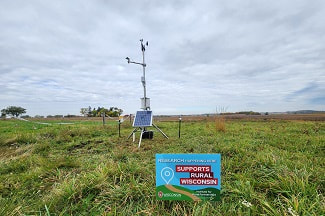
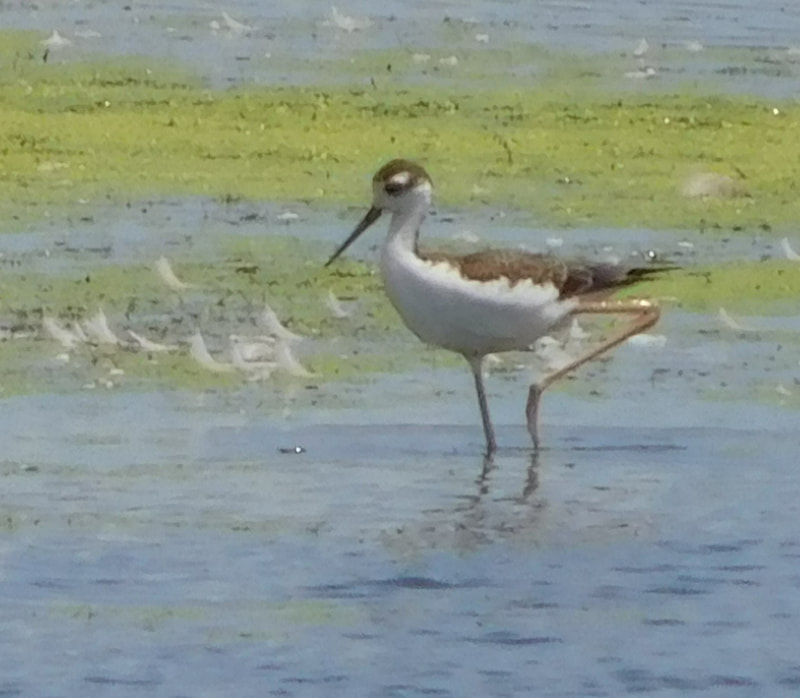
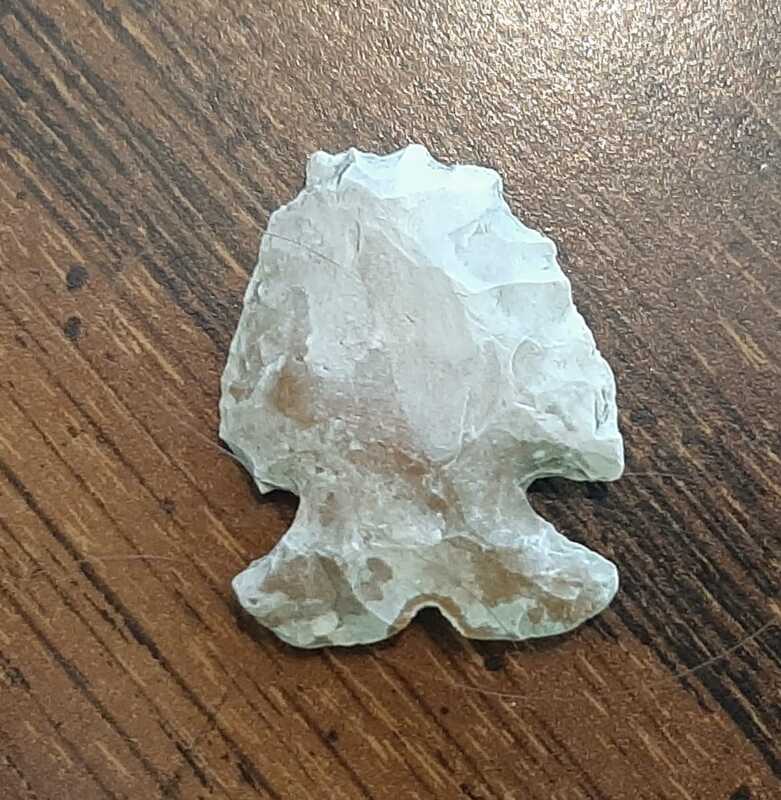
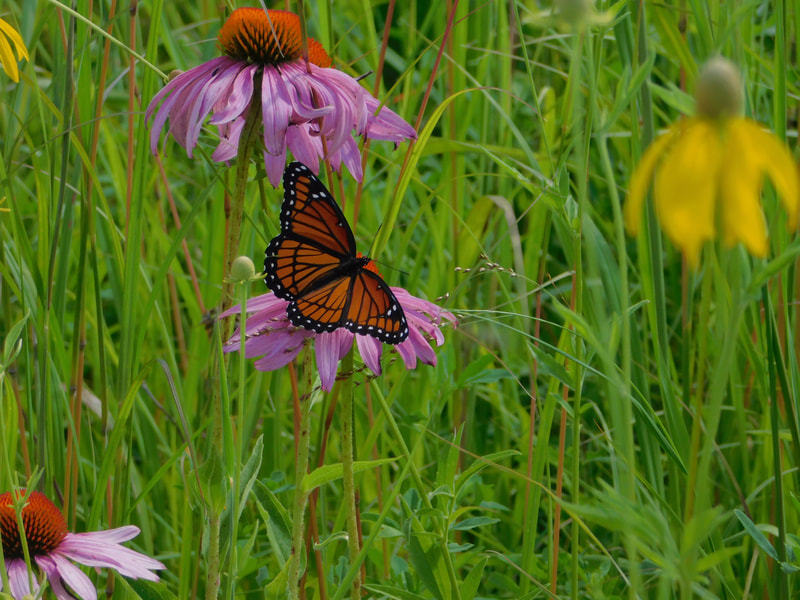
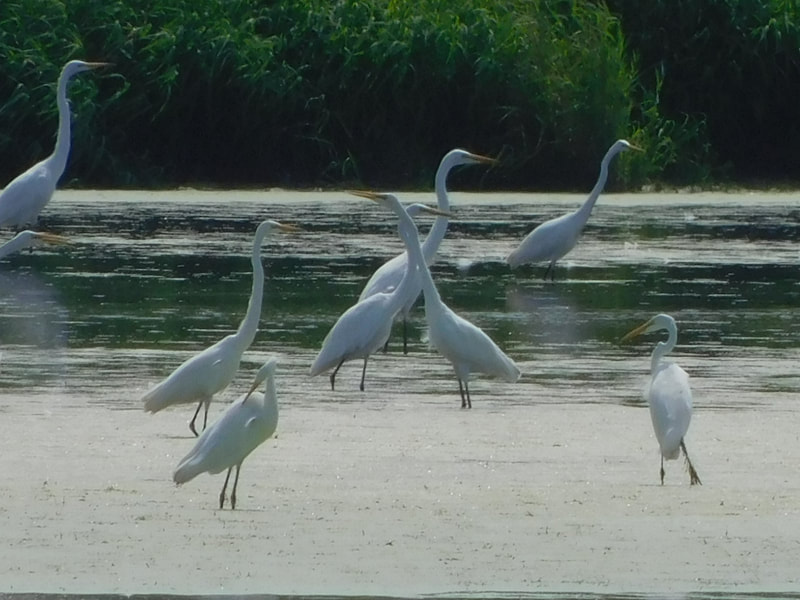
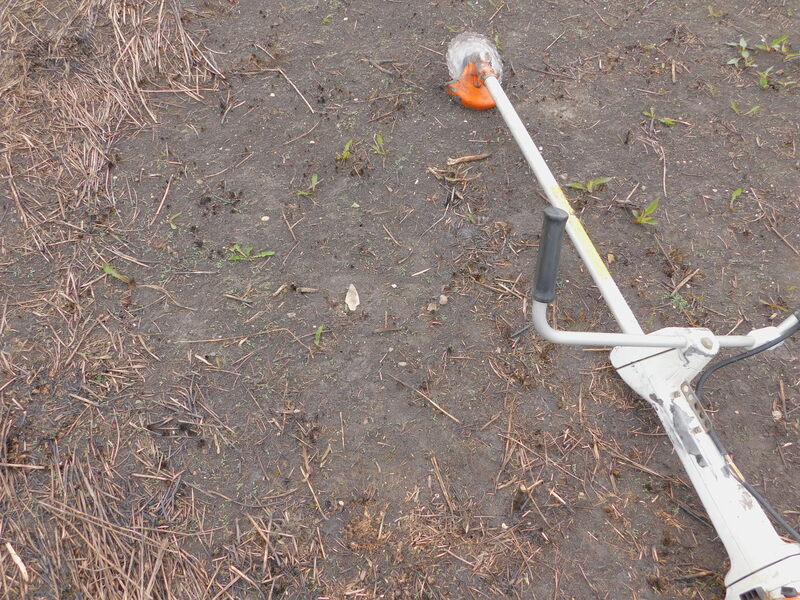
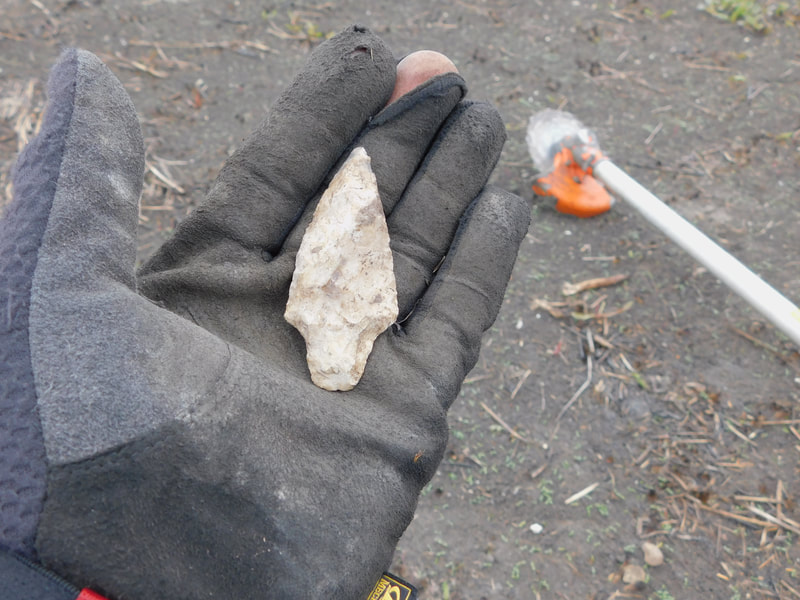
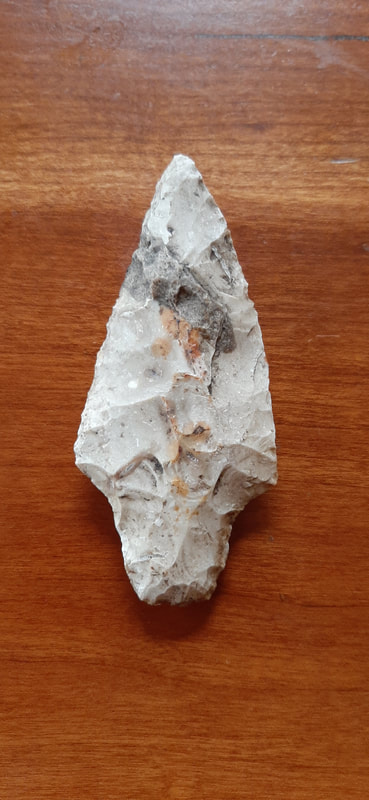


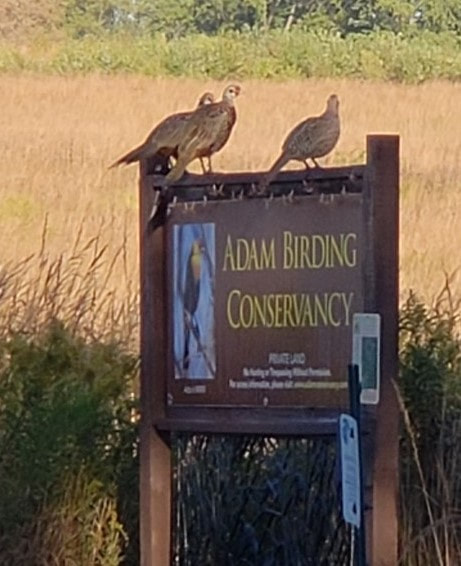
 RSS Feed
RSS Feed